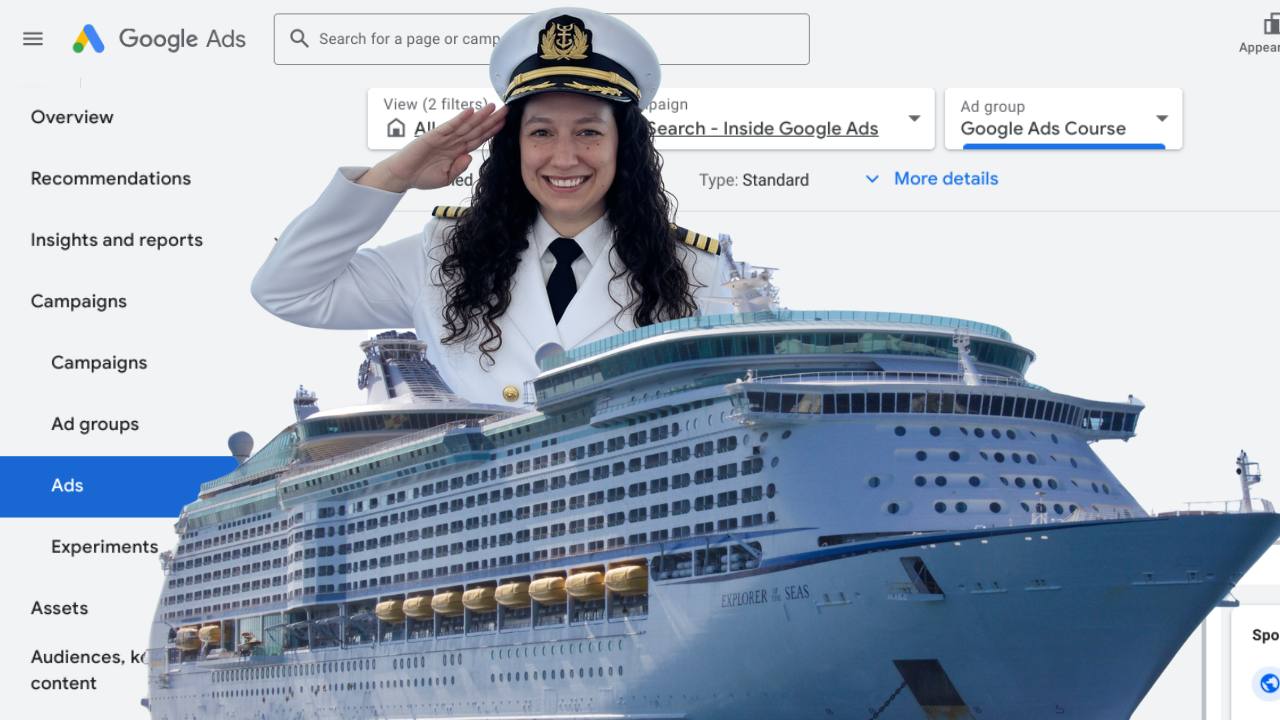Get the Truth About Your Google Ads Performance
Are you confident that your Google Ads reports are telling you the whole story? Misleading data can lead to bad decisions and wasted ad spend.
One of my clients, who we'll call Marie, is a Marketing Director. She works with a Google Ads contractor, and thought that their reports didn't tell the whole story. Marie booked a Google Ads coaching call with me to find out the truth.
I always like to give my fellow Google Ads practitioners the benefit of the doubt, so I approached this call with caution. We looked at Marie's Google Ads account together, and here are some of the observations I shared with her:
Brand searches in Non-brand campaigns: The contractor's reports didn't accurately reflect the impact of brand keywords on Non-brand campaigns. In reality, a significant portion of the conversions attributed to Non-brand campaigns were actually coming from branded searches. (I showed Marie how to find this by looking at the Search terms report.) This made it seem like the Non-brand campaigns were performing much better than they actually were.
To address this, I recommended adding the client's brand name as a negative keyword to all Non-brand campaigns. At the same time, their Brand campaigns would likely need a budget increase to capture that additional traffic.
Nonsense budget recommendations: The contractor's reports showed that many of the campaigns were limited by budget, but the budget recommendations provided were misleading. The contractor was recommending budget increases that were too small to have a significant impact on campaign performance.
I explained to Marie that she could use Search impression share metrics and in-platform Recommendations to get a better understanding of how much budget she might want to allocate to each campaign.
Too-low target ROAS: The contractor's reports concealed the fact that the campaigns were set up with a very high target ROAS (return on ad spend). This was limiting the campaigns' potential and preventing them from spending their full budget. Marie's primary goal was volume, so it was unclear why such an unachieveable target ROAS was being used.
I recommended that Marie advise this contractor to gradually decrease the target ROAS to a more appropriate level, especially for Non-brand search. This would allow her campaigns to spend more of their budget and generate more leads and sales.
The objective of this call was to help Marie understand the true performance of her campaigns, identify areas for improvement, and empower her to feel confident looking beyond the surface-level data to get the real story.
I'm happy to report that she was able to salvage the relationship with this contractor, and get the growth out of her Google Ads that she needed.
Don't feel confident with your Google Ads data? Here are a few ways to find the real story, like Marie:
- Don't just look at the surface-level data: Dig deeper to understand the real story behind your campaign performance. This usually means being comfortable enough to open up the Google Ads platform and poke around yourself.
- Set realistic targets: Don't set your targets too low, or you'll limit your campaign's potential. Higher ROAS isn't always better - it can often mean your business is not growing.
- Get expert guidance: If you're not sure how to interpret your Google Ads reports, it's a skill that you can learn with practice, like anything else. Consider getting help from a Google Ads coach ;)



